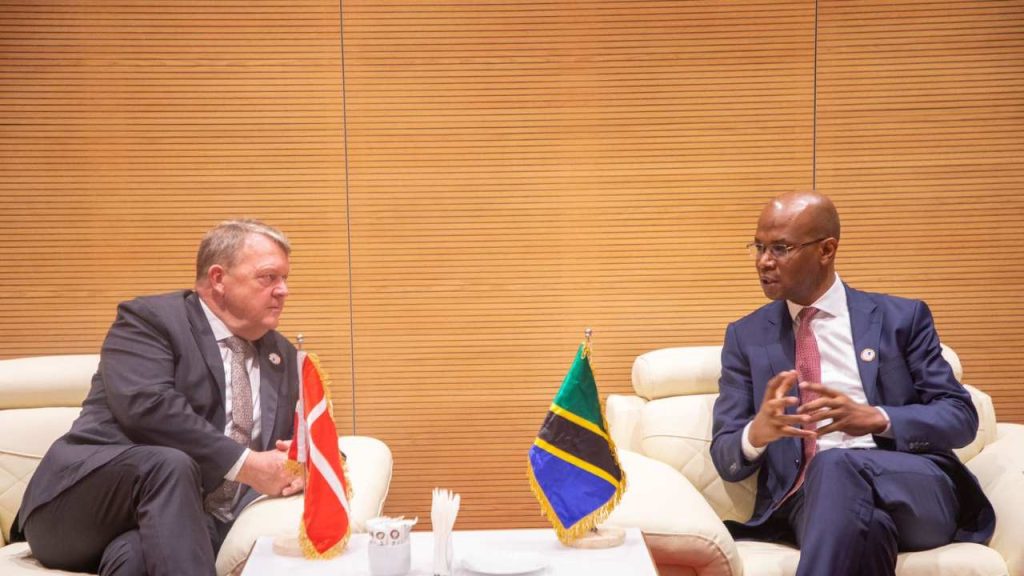Danish development aid, mainly through DANIDA, has been active in Tanzania, especially in agriculture, but the question remains: Has it truly helped? Despite efforts, Tanzania still imports food, with most of its people working on small farms that mainly provide for their families.
Formal aid to developing countries began when the OECD (the Organization for Economic Co-operation and Development) was established in 1961 to promote economic growth, employment and international trade, including with developing countries.
The individual OECD countries have organizations to implement these objectives, e.g. DANIDA (Danish International Development Agency). In Denmark, the political debate on development aid has recently been somewhat mixed up with agricultural policy and the climate debate. Why not? It’s all connected globally!
Yours has been in Tanzania for more than ten years following this country’s economic and political development, both as a private investor and a voluntary adviser, especially in agriculture. It is in this sector that DANIDA has been particularly active in Tanzania. But has this effort helped the country concerning the development of the agricultural sector? Let’s look at this a little more.
Unfortunately, we must note that Tanzania remains a net food importer, even though 75-80% of the population is involved in the agricultural sector. The main reason is that more than 90% of all farms are less than 10 ha (25 acres) in size. Farmers thus produce mainly for their consumption; surplus production is sold almost exclusively in outdoor markets in nearby villages or towns.
Also, read Transforming Agriculture: Strategies for Addressing Food Production Crisis in East Africa.
What is the possibility of changing this situation? In Denmark, the agricultural reforms took place over 200 years ago, but it took approx. One hundred years before the export of agricultural goods took off, hopefully, this will happen faster in Tanzania.
The transition from very small to larger agricultural farms (at least 10 to 20 ha/25 to 50 acres) in Tanzania will also help to ensure that the use of expensive artificial fertilizers can be reduced because it will then be possible to operate by alternating fields, i.e. change crop every year from one domain to another (also called crop rotation).
This way of cultivating makes it possible to avoid or reduce the use of artificial fertilizers and prevent excessive use of herbicides. Implementing such a policy will undoubtedly mean a significant increase in domestic food production and the creation of a competitive agricultural sector at the international level. But is there land available to implement this reform?
The answer to this critical question is indeed YES! A redistribution of available land in Tanzania to enlarge the many small (subsistence) farms so that they become both profitable and able to produce larger quantities of so-called ‘cash crops’ should, therefore, be undertaken as soon as possible. In other words, an agricultural land reform policy is needed.
President Samia Suluhu Hassan clarified that the agricultural sector must be made more efficient, but can DANIDA funds be used to improve this? When I asked DANIDA’s staff at the Danish embassy in Dar es Salaam about this, I was told that the Danish Parliament had decided that DANIDA funds were to be used to:
- Make the TRA (Tanzania Revenue Authority) more efficient.
- Fight corruption and improve sex education, but only for women.
In addition to the above, it seems relevant to make readers aware that the world’s population can be expected to increase sharply during the coming years, especially in the tropical areas where the malaria disease has been causing a very high child mortality; many families in Africa, therefore, tend to have more than five children to ensure that at least a few survive.
But a newly developed vaccine against malaria, financed by Bill Gates, is now approved by the WHO and is beginning to be used in many developing countries. The situation can be compared to the population increase in Europe about 150 years ago when Louis Pasteur’s vaccine against tuberculosis was used. At that time, the United States and other countries in North and South America needed and welcomed emigrants from Europe. Today, it is Europe that needs immigrants.
But a doubling of the emigrant flow from Africa, the Middle East and India is probably not appreciated by many in Europe, even though more than 50% of the population in, e.g. Denmark are receiving old-age or early retirement.

